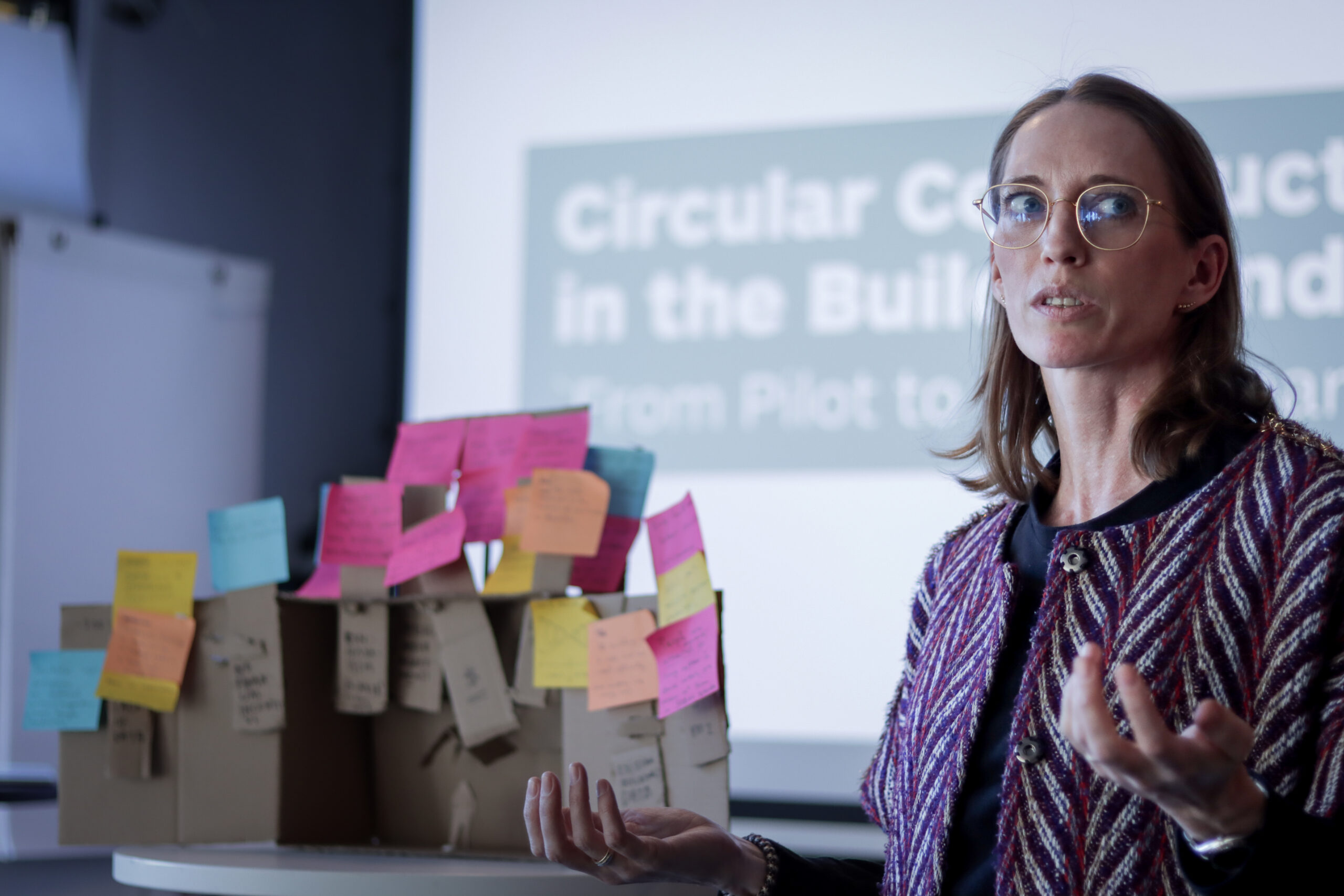Although it’s been in the making for more than ten years, the circular transition of the built environment is not yet here. What does a circular utopia look like, how do we get there, and maybe most importantly – what can we do right away?
The challenge of the workshop “Circular Economy in the Building Industry – From Pilot to Mainstream” might seem deceivingly simple:
The built environment has spent the last decade establishing a solid knowledge and innovation base within circular economy. Why is the circular transition not happening?
However, if it was simple, no workshop would be needed of course. A lot of the knowledge gained on circular economy over the years has been due to pilot projects and small-scale innovation. But the big companies need to join in too. And while the pilot projects may have pointed in new directions, they also point in many different directions, and to make a large-scale circular transition, we need a more focused approach. So how can we create a business model that combines the agile and risk-prone approach of smaller companies and projects with the muscle and market capacity of the larger companies?
Together with Madaster, Enemærke & Petersen, and Frame, BLOXHUB facilitated the first in a series of workshops and initiatives on this topic, which will hopefully end out in a circular roadmap by the end of the year. And as Jesper Ring, CEO of Frame, said in his introduction for this workshop: “We need to rethink the way we work. Old ways won’t open new doors.”
Finding Utopia
To make a roadmap, you must first know where you’re going. Therefore, to start the workshop, participants were asked to sketch out circular utopia scenarios. Walking around the room you could hear talk of lifestyle changes, the need for global collaboration and local action, how to utilize the existing building mass, optimization of data and logistics, risk management, multiple bottom lines, and the legal and political framework – among many other things.
One theme that seemed to be underlying much of the discussion, was a need to realize the size of the challenge ahead and to think of it in holistic terms while balancing this with a need to measure and communicate clearly. CEO of Frame, Jesper Ring, mentioned this in connection with circular economy and carbon emissions:
“We easily adopt a too narrow focus when it comes to circular economy. Right now, carbon mitigation seems the predominant argument for a circular transition, and that is of course important. But every time we focus only on one aspect, we risk missing out on another equally important one. The discussion gets sidetracked. Sustainability isn’t just one thing at a time, but the big holistic picture. That’s why it’s such a challenge.”
On the other hand, certifications, and consideration to just one thing such as carbon emissions can be a necessary driver when it comes to legislation. And there seemed to be a wide agreement in the room that legislation must be part of the solution to push the circular agenda.
The article continues after the quotes.
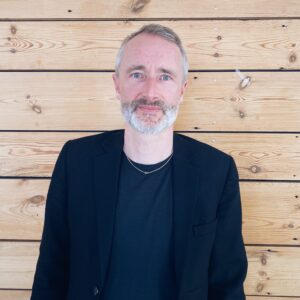
We need to see the bigger perspective in the industry. Instead of thinking from start to end of a project, we should think 200 years into the future and 200 years back in time –
where do the materials come from, and what will happen to them?
Mikkel Schlesinger, Partner, CEBRA architecture
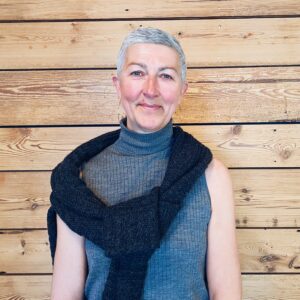
The transition will take political courage, because we need to change the structural setup around the built environment. Right now, building regulations don’t support sustainability and circular economy.
Charlotte Algreen, Cand. Arch., ALGREEN
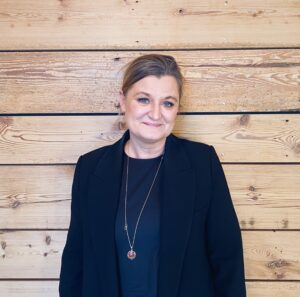
The building industry is divided into silos, which makes a transition of this size difficult. We need to work together. And we won’t solve this on a national scale, so the solutions we come up with have to be scalable in an international perspective.
Lene Brix, Architect, Matter/Circle Bank
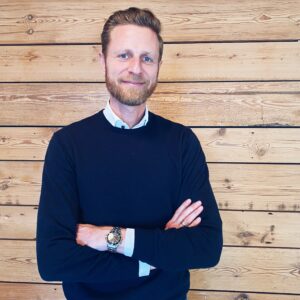
One reason why the transition to circular economy isn’t happening faster is because we’re too rich in our part of the world. We don’t experience scarcity and the fear connected with it. We need to realize the size of the challenge ahead of us.
Jesper Ring, CEO, Frame
Investing In the Future
The presentation of utopias and the ways to get there ranged from abstract ideas of redefining ownership to very practical solutions such as taxing the use of virgin (non-used) materials. Other ideas included always planning for disassembly, proactively using local and urban planning, having to make a case to be allowed to demolish old buildings, requirements for reused materials, and even the establishment of a cross-disciplinary ministry of circularity.
A recurring issue was the need to create a better language surrounding circular economy to better communicate, raise awareness, measure impact, and not least to share knowledge. As one participant noted: What do we even mean, when we speak of circular economy – do we mean the same thing? To address this challenge, there were suggestions of open-source data banks, international knowledge sharing, labeling, and continuing education within the sector.
Many of the ideas of the day hinged on regulation or legislation, and there was a general call for political action to push the circular agenda. Without regulations, risk management, or economic incentives to make a transition, the changes might not happen soon enough. And the change is needed to meet the demand of the future, said Jesper Ring, CEO of Frame:
”I think we need to see the circular transition as an investment in the future. It will take a lot of effort, it will cost money, jobs, and production in the short run, but in just a few years I think it will position Denmark in a much better place. We have to prepare for the rising demand and invest in the future now, instead of trying to follow after.”



